The following photos show the successes Vaughan Jones achieved and wrote about in grazinginfo.com over many decades.
775 Piako Road, Gordonton Farm

Vaughan Jones’s farm on the left, bought in 1955, won the NZ Dairy Board Best Dairy Farm in Waikato in 1958.

Vaughan’s farm is the bottom, and the neighbour’s farm is on the top.
Ducks Before and After

These ducks are from USA and don’t fly. This is before and two years later on ‘Barry Brunton’s LimePlus’ fertilised Rukuhia farm. They got no Solmin. Expensive phosphate and potash were in excess so not applied on farms from three to four years.
Huntly farmer in foreground.
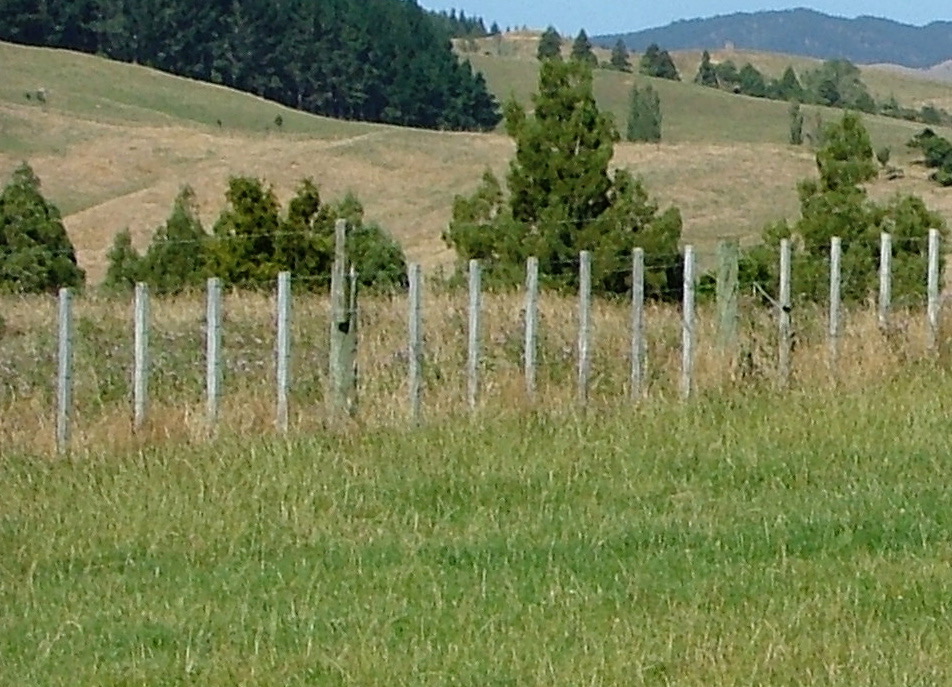
No nitrogen is used by Grazinginfo members, except for new pastures.
The square green farm at the top right is Barry Brunton’s at Rukuhia

Barry Brunton’s square green farm three years after LimeMagPlus, and no P or K. Correctly fertilised in foreground using LimeMagPlus. No nitrogen used by Grazinginfo members, except for new pastures.
The photographs shown, indicate what can be done by using grazinginfo.com information.
Cultivation
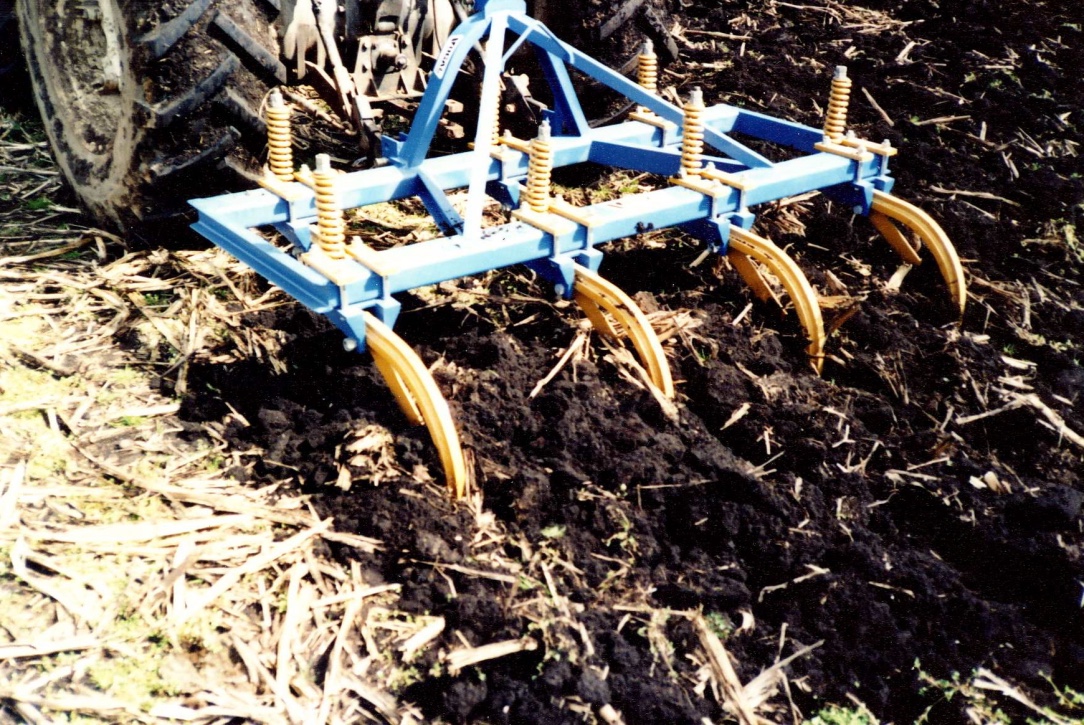
Some say that chisel ploughing can’t bury maize stubble. It is being done perfectly, quicker and better by leaving a little on top. Subsequent far better maize and pasture yields prove it. See more photos in grazinginfo.com
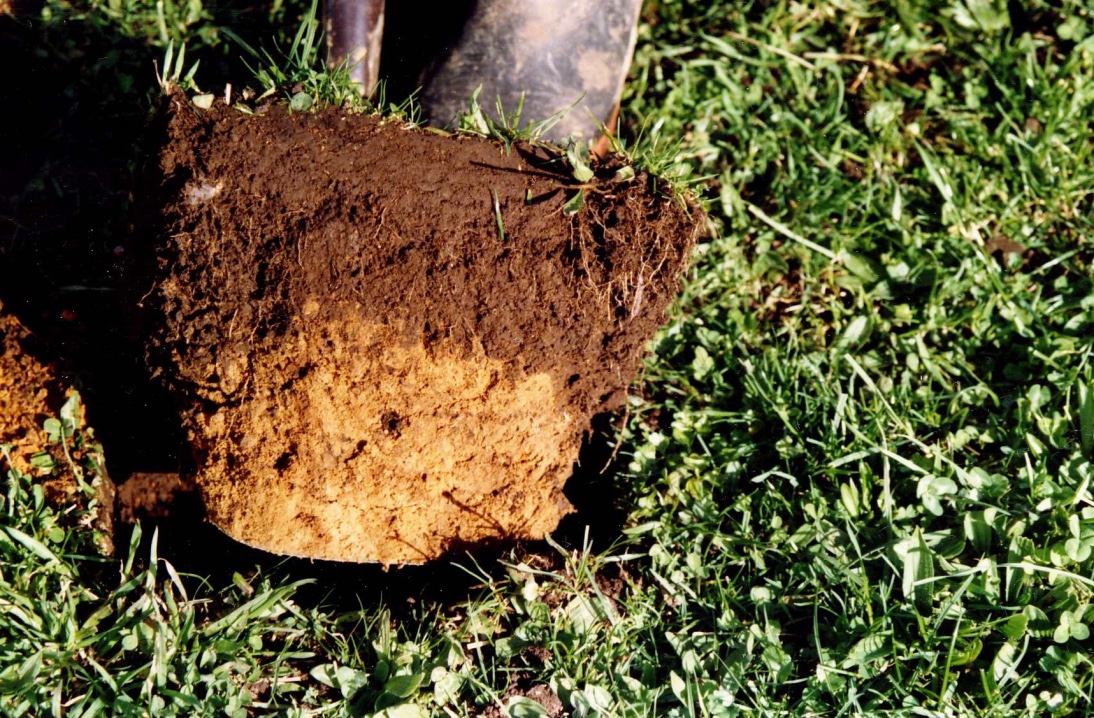
This soil was mouldboard ploughed showing the bad results.
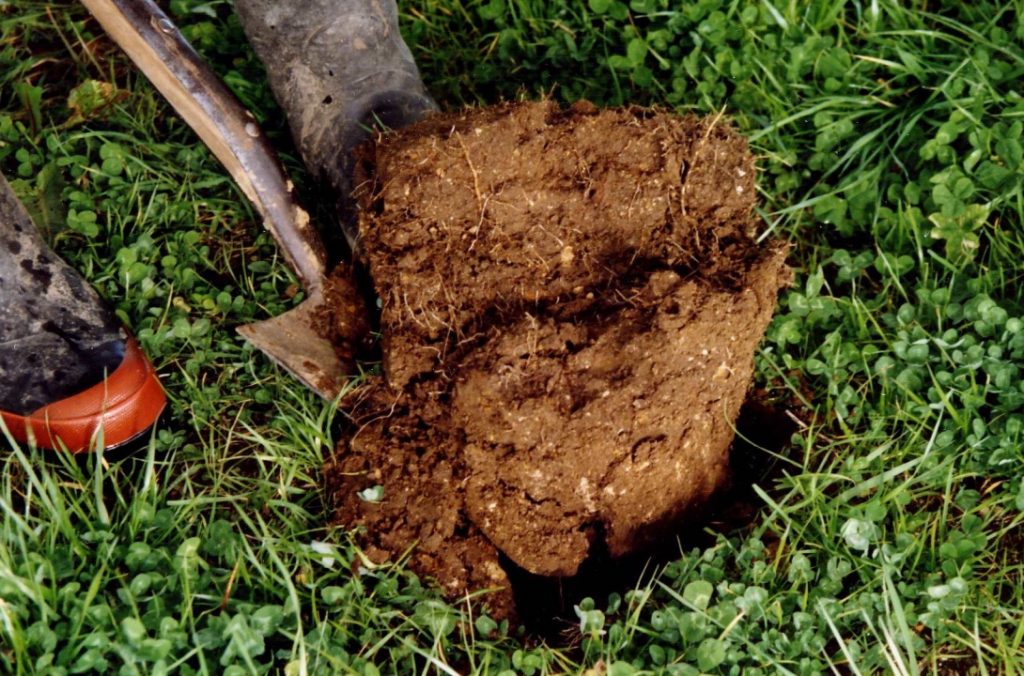
This chisel ploughed soil shows deeper and perfect mixing of subsoil and lime, and better clovers organically. See the Calcium chapter for clover roots going down 40 cm.
Subsoil in bottles
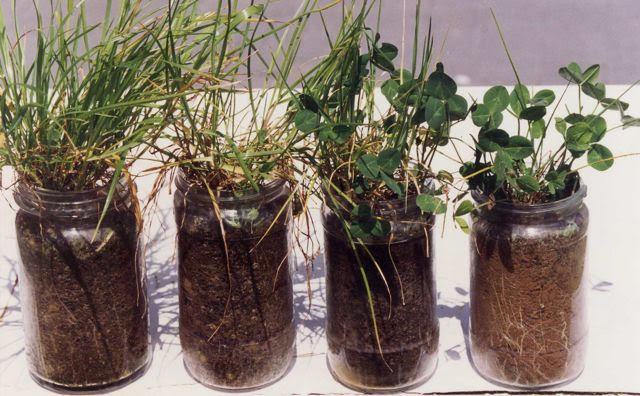
Each bottle got one ryegrass seed and one clover seed. The left bottle has 25% subsoil and 75% topsoil, which grasses like. The next is half top and half subsoil and the right one is all subsoil which has minerals used up in the topsoil. Look how the clover roots went down through it, and are healthier. Chisel ploughing mixes them together, for the best results in pastures.
Hungry Waikato dairy farm

This hungry Waikato dairy farm paddock had not had lime for decades, shown by cow pats growing strongly and no clovers. Urea was applied every six weeks, which cost more than lime and made soils and pastures worse.
Maize
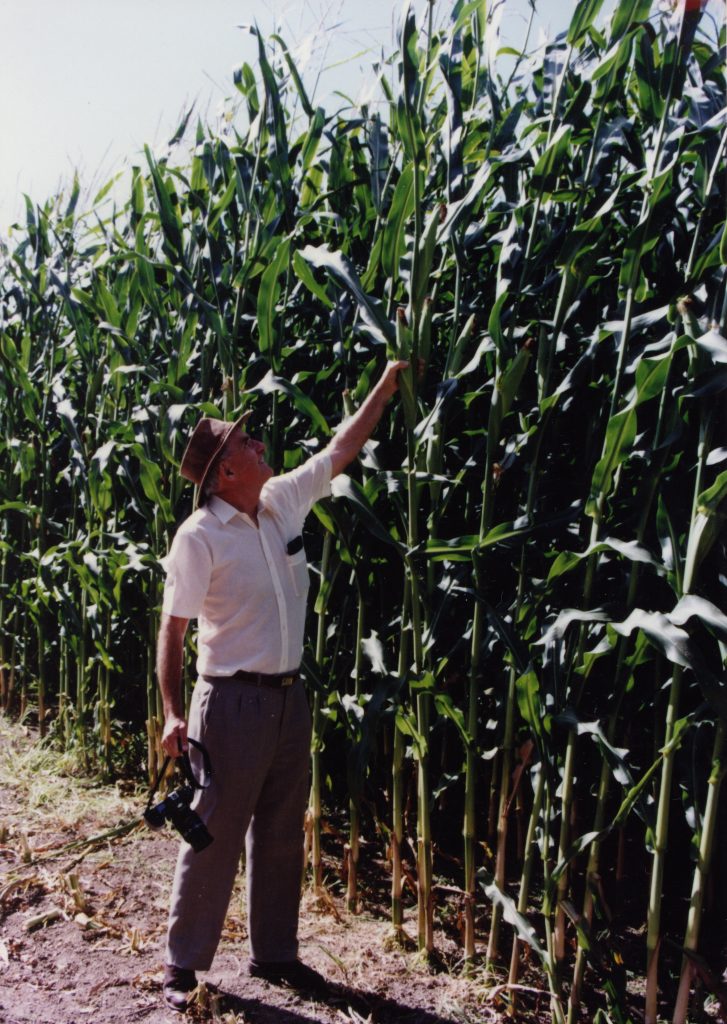
Maize that got 4 tonnes of lime with deficient elements per hectare.
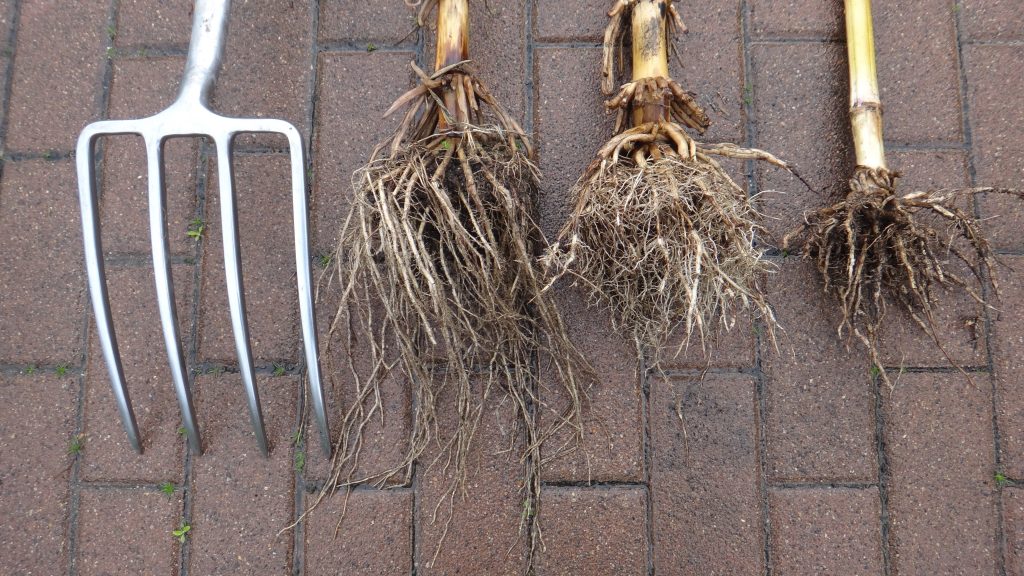
The fork had to be used to dig up our maize roots, the other two were pulled out by hand
The Gallagher land on Kahikatea Drive was covered in gorse and blackberry. MAF staff said “Vaughan won’t beat those weeds with lime like he has on his farm.” This photo shows that he did.
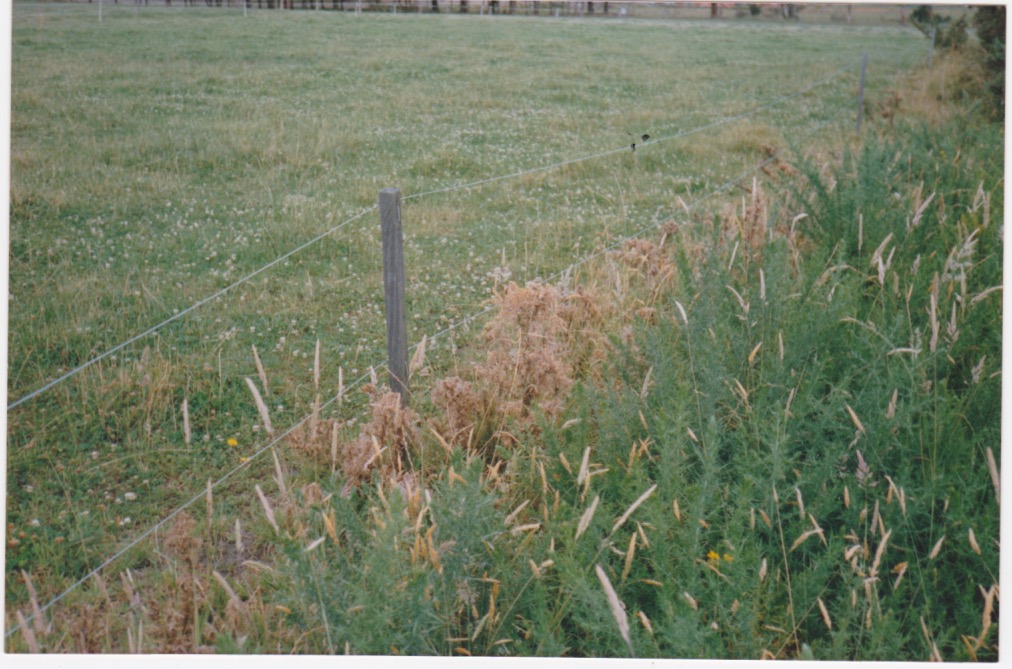
The right amount of agricultural lime (6 tonnes/ha) was chisel ploughed in on this 1.5 metre deep peat, with other deficient minerals which make pastures and animals thrive and make most weeds palatable to most animals eat them, which saves spraying and topping and makes more feed for the animals. This photo is on the Gallagher farm on Kahikatea Drive, which used to be mostly gorse. Heifers have grazed it including the gorse, so there is none, except on the area not grazed and that under the electric fence, which was sprayed. Some agricultural consultants said that Vaughan Jones would not control the weeds on this farm with lime. Again they were wrong. Lime is also spread on top as required, based on Hill Lab ryegrass analyses aiming for 0.9% Ca.
Solmin Soluble Mineral Mix
Solmin Soluble Mineral Mix has been improved by using top quality dry minerals. The top quality copper can only just be seen while other top quality minerals are white. The salt in Solmin is grade V46, which is kiln dried so has the majority of moisture removed, so it should remain free flowing as long as the bag is not left open for too long. The low moisture level stabilises the iodine. Moisture causes the copper to react with the iodine, causing iodine to be lost to the atmosphere.
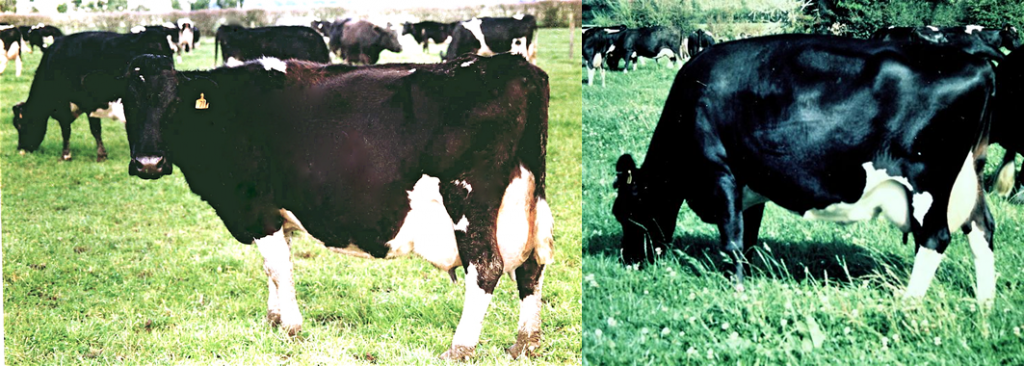
Vaughan Jones & Auriel Jones
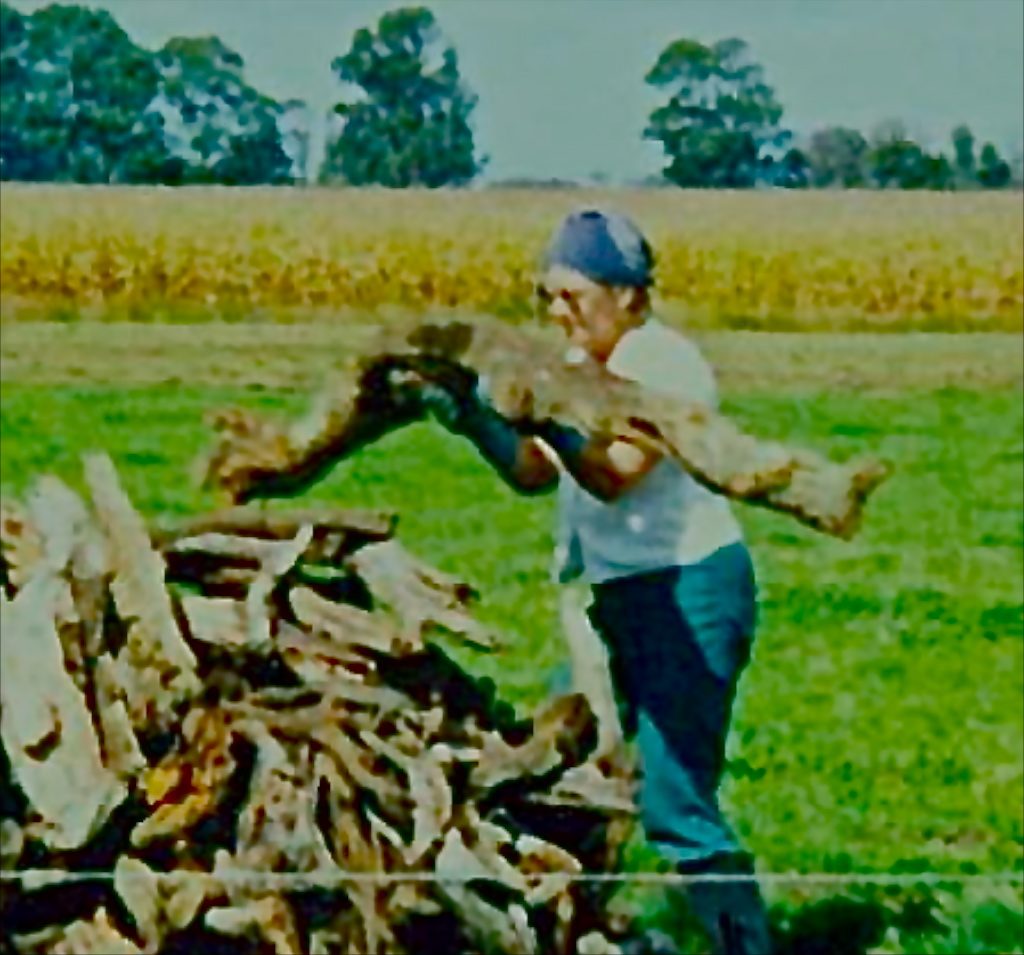
Auriel Jones got rid of the larger weeds manually on both our farms and dug the stumps out of the peat and burned them once dry, to reduce smoke. The single wire shown is one of the many four hundred metre long two wire electric fences she erected.
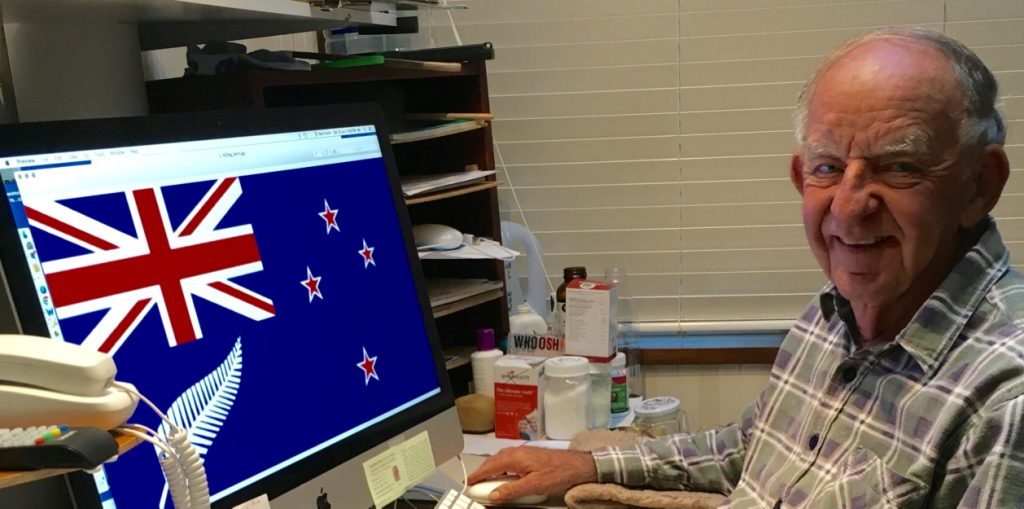
Vaughan Jones designed what he thought should be our National flag. The only difference is the addition of a Silver fern.